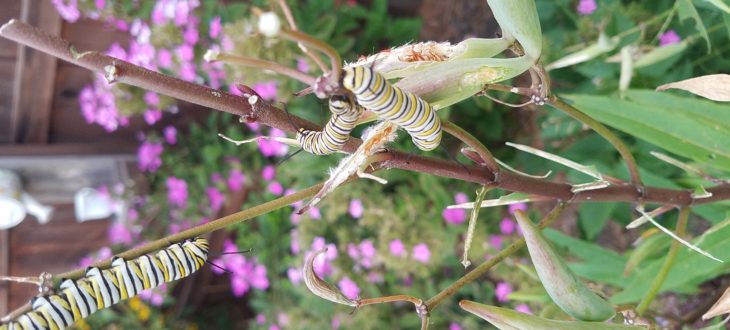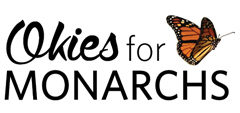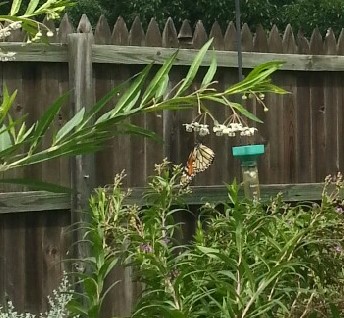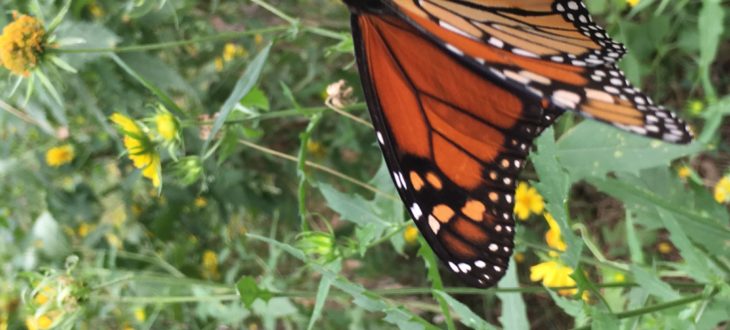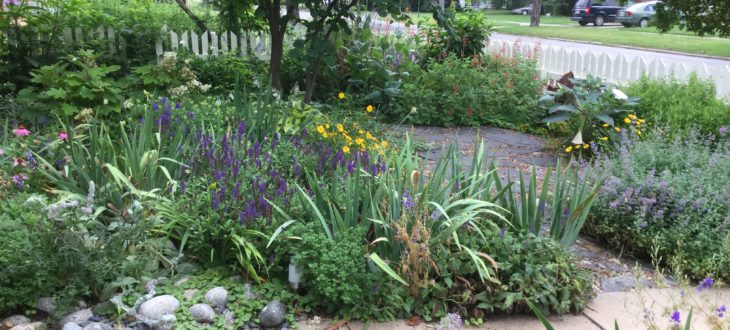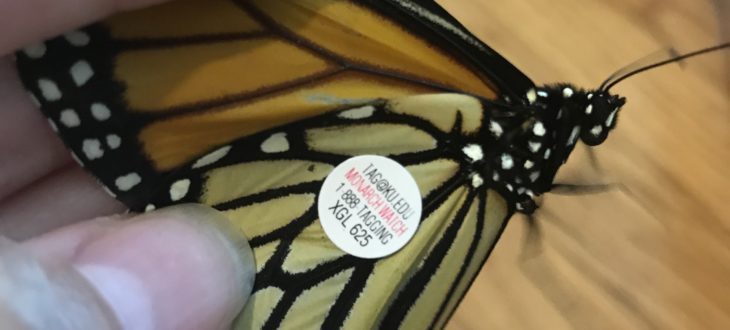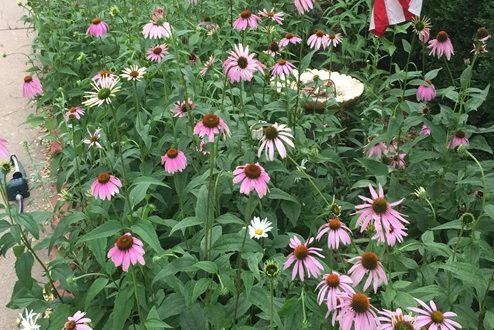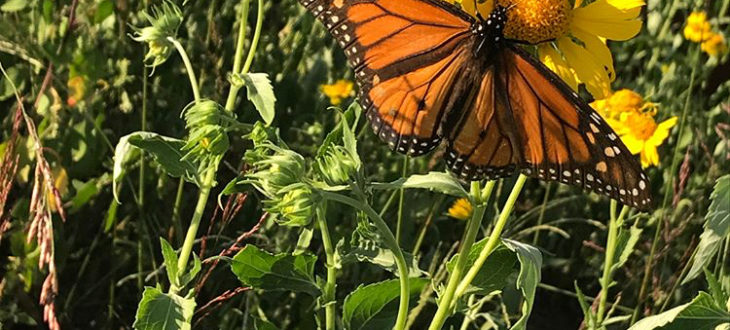Gardening for pollinators, guerrilla style! Not Really, but the best gardener has always been Mother Nature! So 2 years ago I decided to stop mowing the grass in my back yard. Wow! the amount of different species that were there, just needing a chance to bloom, was mind blowing!
Milkweeds, coneflowers, Gallardia, partridgepea, native lespedezas, Salvia, Liatris, the list goes on! The native grasses were given a chance to grow, providing nesting cover for songbirds and even quail!
The icing on the cake was having a monarch visit a patch of cowpen daisy last fall on its return migration, my first sighting (that I have been paying attention).
